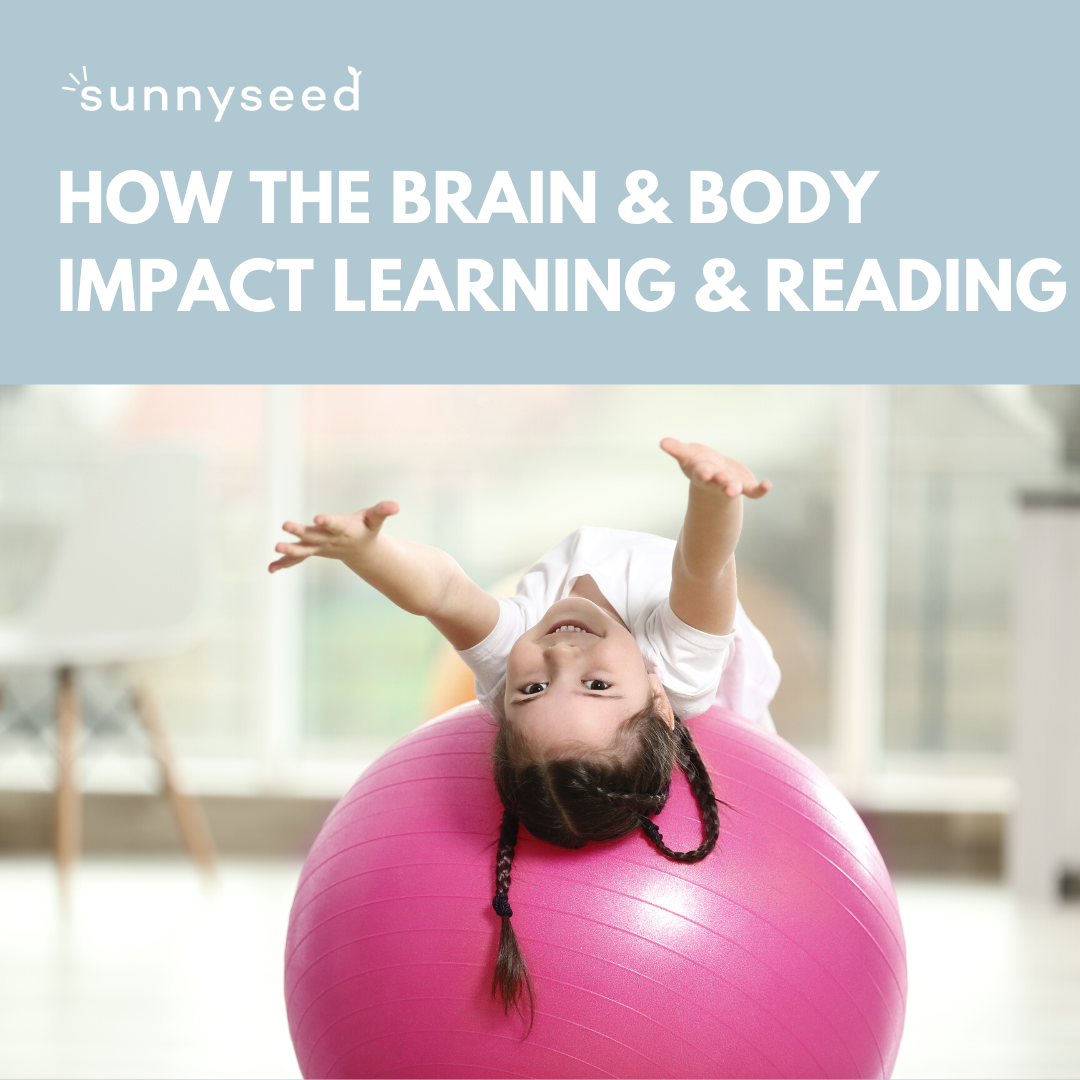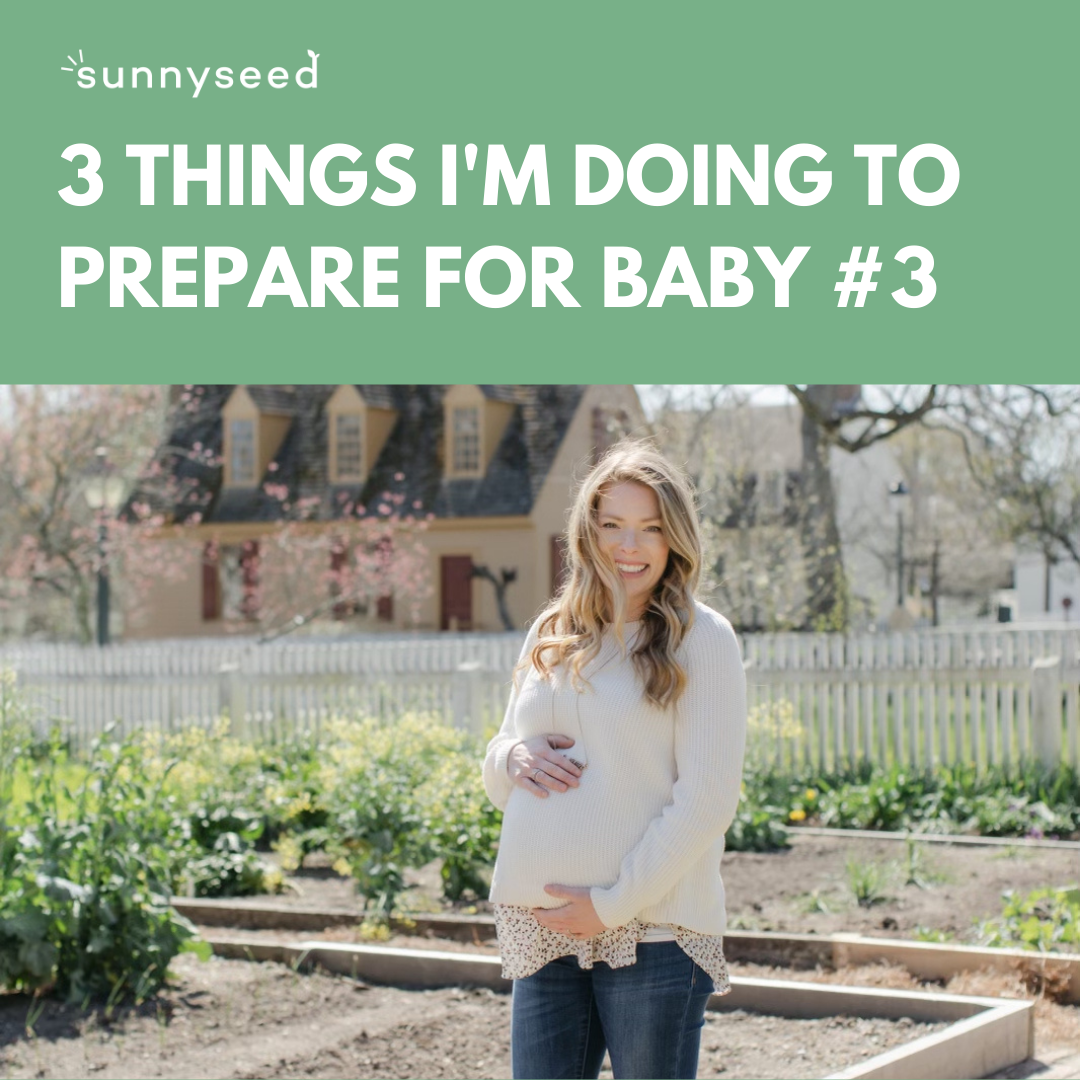Bilateral Coordination
Bilateral coordination is the ability to coordinate across both sides of the body, which typically starts to develop at around age 3 or 4 years of age. When a child uses both hands and feet together in a coordinated fashion, they are actively engaging both hemispheres of the brain, as well as the corpus collosum, which connects them. Many daily activities require mastery of bilateral coordination, such as playing sports (gross motor skills) or using a knife and fork (fine motor skills). Here’s what you need to know about supporting your child as they develop their skills.
Three kinds of bilateral movement
Bilateral movement can be classed as follows:
Symmetrical movement. Usually mastered first, this encompasses actions where both sides of the body do the same thing with the same force simultaneously, for example clapping hands. Take note if your child is favoring one side more heavily.
Reciprocal movement. This is typically mastered after symmetrical movements, where one side performs an action followed by the other side doing the same, as in climbing a ladder. Watch your child’s alternating movements and how well they flow.
Movements needing a supporting hand. Developed after the first two types, these movements feature one side of the body doing the main movement while the other side supports, for example cutting with scissors or threading a needle. Notice if your child is stabilizing the paper when they write, and whether they can coordinate supported action.
A child who has not yet mastered bilateral coordination will find activities that “cross the midline” of the body challenging, or avoid them. They may be clumsy and uncoordinated, with individual actions that may seem fine, yet not quite unified.
Why bilateral coordination is so important
The world is filled with complex everyday tasks that your child needs coordination to master. Bilateral integration is an observable measure of the connectedness of the brain, and how information is being processed – bilateral coordination may even predict later school success. In time children gradually tend to favor one hand for asymmetrical, lateralized functions. Settling on a dominant hand is evidence of their brains maturing.
An important part of your child’s physical development is the vestibular system in the brain, which registers and integrates movement information and fosters bodily awareness. An occupational therapist can suggest movements to strengthen your child’s coordination if you suspect weak vestibular activity, but there are ways to practice bilateral coordination at home:
Roll on the grass
Bounce on a trampoline
Do somersaults or cartwheels
Symmetrical movements: jumping jacks, skipping, using a rolling pin, clapping
Reciprocal movements: riding a bike, climbing a ladder, crawling, marching, drumming, swimming
Supporting hand movements: sewing, writing, using a zip, pouring a drink
Luckily, the activities that will strengthen your child’s bilateral coordination also happen to be lots of fun! Encourage plenty of active play, crafts, and helping out in the home – frequent practice is the key.
Disclaimer: This post includes affiliate links, and at no additional cost to you, I will earn a small commission if you purchase through these links. Please note that I've linked to these products purely because I recommend them wholeheartedly and they are from companies I use and trust.
I am not a doctor and this information should not be considered personalized medical advice. Only you are responsible for your own health.












